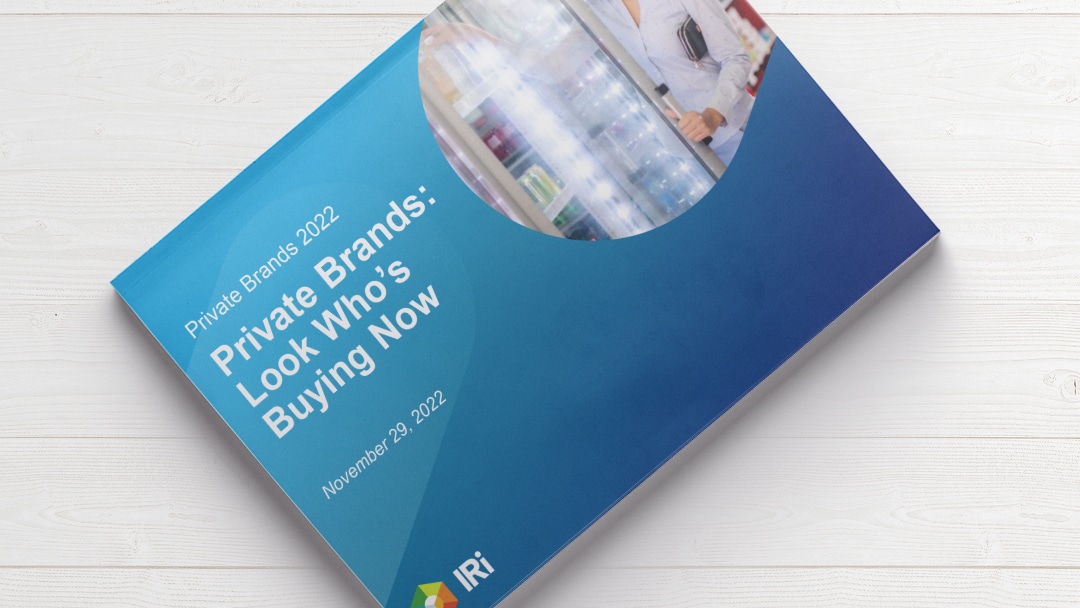
IRI, which recently merged with The NPD Group to create a global technology, analytics and data provider, released a new report exploring trends in Retail-owned Brand (private brand, store brand, private label) products, which have not reached their expected growth amid 2022’s economic uncertainties. The report, “Private Brands: Look Who’s Buying Now,” provides an update on the Retail-owned Brand landscape and identifies retailer opportunities to increase demand for their own brand and private brand offerings.
“While consumers have historically navigated to store brand products to save money during challenging economic times, we’re seeing that only modest gains have been made in private brand’s share of the consumer wallet this year,” said Mary Ellen Lynch, principal, Center Store Solutions, IRI. “Retailers must be hyper-focused on understanding their shoppers’ needs and emerging opportunities to spur growth amid modest private brand trends throughout the entire retail landscape.
IRI’s Mary Ellen Lynch will cover the new report in at the Velocity Institute State of the Industry virtual summit on December 8, 2022, from 10:00 – 12:00 EST. The free event will feature executive speakers from Sobeys, Rite Aid, Daymon, IRI, and the Velocity Institute.

Key insights from the report include:
Who Is Buying Private Brand Products?
- Across the total store, 99.7% of U.S. households purchase Retail-owned Brand products, whether intentionally or not.
- Retail-owned Brand Loyalists tend to be older, have larger households, are less urban and are homeowners.
- 54% of Retail-owned Brand Loyalists have a median household income of less than $70,000.
- SNAP recipients are an important segment of private label shoppers, as 36% of SNAP shoppers will switch to store brands more often.
Which Private Brand Products Are Consumers Buying?
- During the recent inflationary time, private brands increased their share of all-outlet dollar sales to 17.5%.
- Retail-owned Brand food and beverage products are strengthening dollar share, while nonfood dollar share remains stable.
Where Are Consumers Buying Retail-owned Brand Products?
- Consumers increasingly say that Retail-owned Brand influence where they choose to shop; 35% of consumers frequently or always choose a retailer based on the selection of store brand products, up 2% from 2021.
- Both club and mass channels are gaining more than their fair share of consumer spending on nonedible store brand products.
Opportunities for Retail-owned Brand Growth
- Retailers can appeal to and capture younger shoppers by offering more options for convenience, healthy attributes, and flavor adventure in private brand products.
- Retailers should support store brands in a similar fashion to manufacturer brands with a commitment to brand development, production, packaging, promotions, placement, and pricing.
- Retailers can leverage trust in their most popular products to encourage trial of other Retail-owned Brand options.
Related Incites
2025 EVENTS
TICKETS, SPONSORSHIPS & EXPO BOOTHS NOW AVAILABLE








